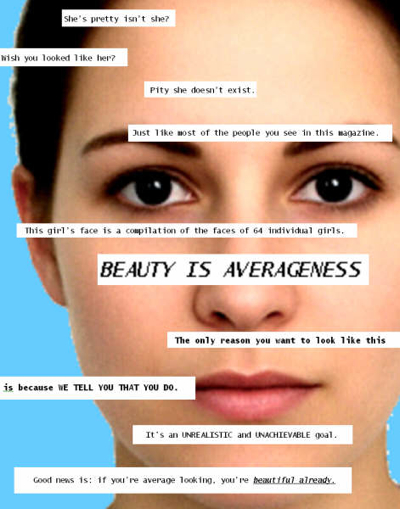Learning styles refer to the ways you prefer to approach
new information. Each of us learns and processes information in our own
special ways, though we share some learning patterns, preferences, and
approaches. Knowing your own style also can help you to realize that other
people may approach the same situation in a different way from your own.
Take a few minutes to complete the following
questionnaire to assess your preferred learning style. Begin by reading
the words in the left-hand column. Of the three responses to the right,
circle the one that best characterizes you, answering as honestly as
possible with the description that applies to you right now. Count the
number of circled items and write your total at the bottom of each column.
The questions you prefer will offer insight into how you learn.|
1. When I try to concentrate...
|
I grow distracted by
clutter or movement, and I notice things around me other people
don’t notice.
|
I get distracted by
sounds, and I attempt to control the amount and type of noise around
me.
|
I become distracted by
commotion, and I tend to retreat inside myself.
|
|
2. When I
visualize...
|
I see
vivid, detailed pictures in my thoughts.
|
I
think in voices and sounds.
|
I see
images in my thoughts that involve movement.
|
|
3. When I
talk with others...
|
I find
it difficult to listen for very long.
|
I
enjoy listening, or I get impatient to talk myself.
|
I gesture and
communicate with my hands.
|
|
4. When I
contact people...
|
I
prefer face-to-face meetings.
|
I
prefer speaking by telephone for serious conversations.
|
I
prefer to interact while walking or participating in some activity.
|
|
5. When I
see an acquaintance...
|
I
forget names but remember faces, and I tend to replay where we met for
the first time.
|
I know people’s names
and I can usually quote what we
discussed.
|
I remember what
we did together and I may almost “feel” our time
together.
|
|
6. When I
relax...
|
I watch TV, see a play,
visit an exhibit, or go to a movie.
|
I listen to the radio, play music, read,
or talk with a friend.
|
I play sports, make crafts,
or build something with my hands.
|
|
7. When I
read...
|
I
like descriptive examples and I may pause to imagine the scene.
|
I enjoy
the narrative most and I can almost “hear” the characters talk.
|
I
prefer action-oriented stories, but
I do not often read for pleasure.
|
|
8. When I
spell...
|
I
envision the word in my mind or imagine what the word looks like
when written.
|
I sound
out the word, sometimes aloud, and tend to recall rules about letter
order.
|
I get a feel
for the word by writing it out or pretending to type it.
|
|
9. When I
do something new...
|
I seek
out demonstrations,
pictures, or diagrams.
|
I want verbal and written instructions,
and to talk it
over with someone else.
|
I jump right in
to try it, keep trying, and try
different approaches.
|
|
10. When I
assemble an object...
|
I
look at the picture first and then, maybe, read the directions.
|
I read
the directions, or I talk aloud as I work.
|
I
usually ignore the directions and figure it out as I go along.
|
|
11. When I
interpret someone's mood...
|
I
examine facial expressions.
|
I rely
on
listening to tone of voice.
|
I focus
on body language.
|
|
12. When I
teach other people...
|
I show them.
|
I tell them,
write it out, or I ask them a series of questions.
|
I
demonstrate how it is done and then ask them to try.
|
|
Total
|
Visual:
|
Auditory:
|
Tactile/Kinesthetic:
|
The column with the highest total represents your primary processing style. The column with the second-most choices is your secondary style.
Your primary learning style:
Your secondary learning style:
Now that you know which learning style you rely on, you can boost your learning potential when working to learn more. For instance, the following suggestions can help you get more from reading a book.
If your primary learning style is visual, draw pictures in the margins, look at the graphics, and read the text that explains the graphics. Envision the topic or play a movie in your thoughts of how you’ll act out the subject matter.
If your primary learning style is auditory, listen to the words you read. Try to develop an internal conversation between you and the text. Don’t be embarrassed to read aloud or talk through the information.
If your primary learning style is tactile/kinesthetic, use a pencil or highlighter pen to mark passages that are meaningful to you. Take notes, transferring the information you learn to the margins of the book, into your journal, or onto a computer. Doodle whatever comes to mind as you read. Hold the book in your hands instead of placing it on a table. Walk around as you read. Feel the words and ideas. Get busy—both mentally and physically.
More information on each style, along with suggestions on how to maximize your learning potential, is available in the book Learn More Now (Hoboken, NJ; John Wiley & Sons, 2004).
Learn More...
Learning techniques http://research.cs.queensu.ca/~skill/learning.html
Learning how to learn http://homepage.ntlworld.com/gkelly68/LearnToLearn/LearningIndex.htm
Learning toolbox http://coe.jmu.edu/learningtoolbox/studentstart.htm
Multiplication: Learning Times Tables for 8s and 2s http://www.youtube.com/watch?v=SawsAyyrFkQ



